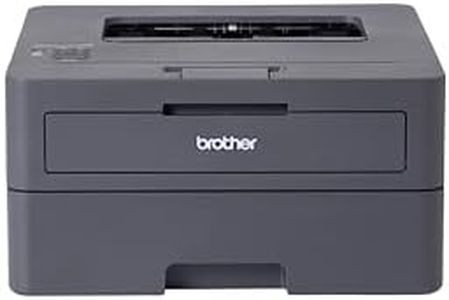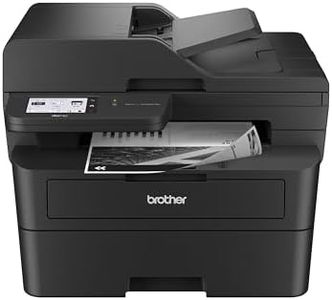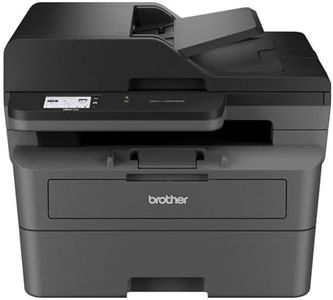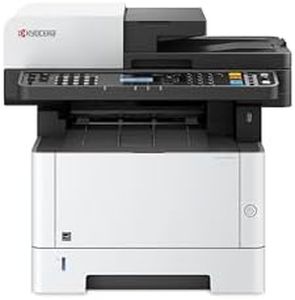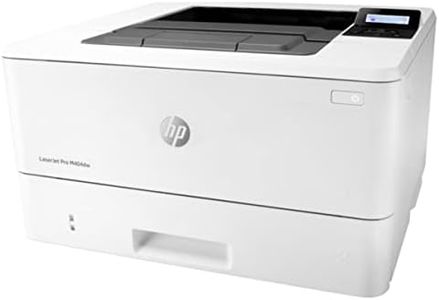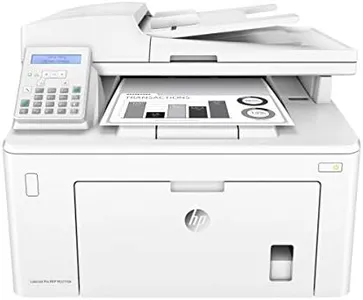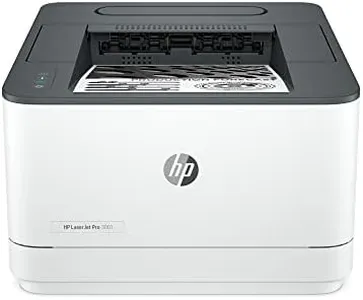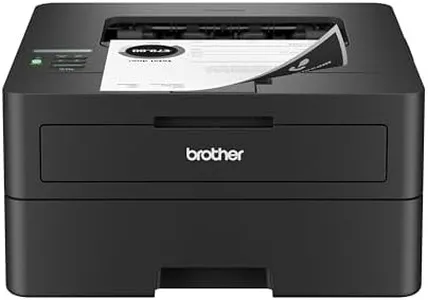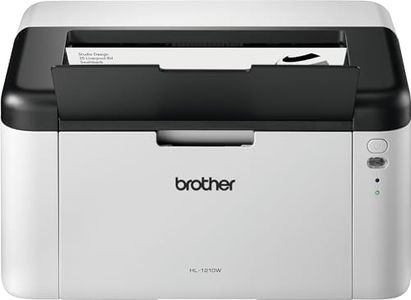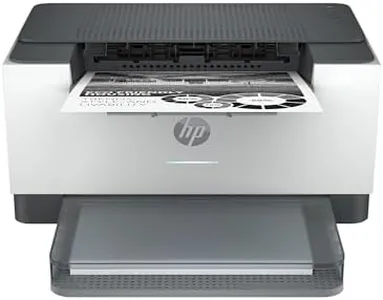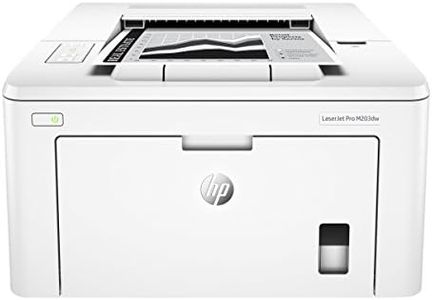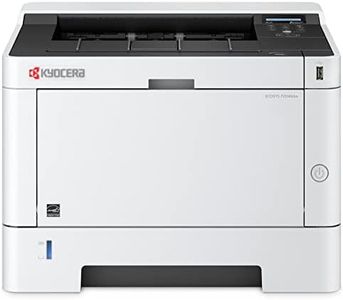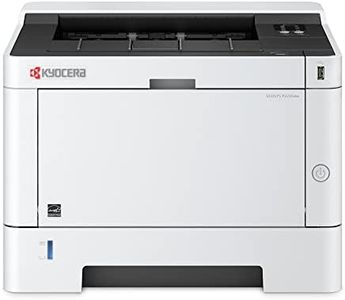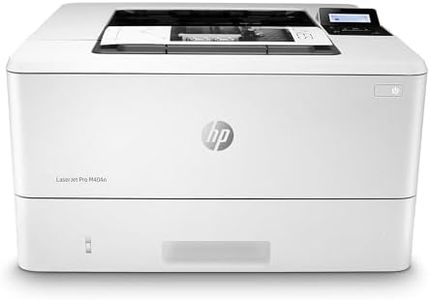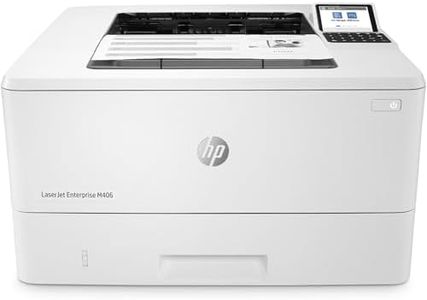We Use CookiesWe use cookies to enhance the security, performance,
functionality and for analytical and promotional activities. By continuing to browse this site you
are agreeing to our privacy policy
10 Best Monochrome Laser Printers
From leading brands and best sellers available on the web.Buying Guide for the Best Monochrome Laser Printers
Choosing a monochrome laser printer can feel overwhelming with so many models available, but focusing on your specific needs can help simplify the process. Think first about how you plan to use the printer – at home, in a small office, or in a larger workgroup. Each setting has different requirements in terms of speed, quality, and features. Evaluating the space available, your typical print volume, and whether you need extras like scanning or wireless connectivity will help you narrow down your choices to a printer that offers the right mix of performance and efficiency.Print Speed (Pages Per Minute, PPM)Print speed refers to how many pages a printer can output per minute. This is important because it determines how quickly your documents will be ready. Slower printers, typically under 20 PPM, work well for occasional home use, where waiting a little longer is not a problem. Speed ranges from around 20-30 PPM for standard home or small office models, which balances speed and cost well for most people. Busy work environments may need printers with speeds over 30 PPM to handle frequent, high-volume tasks efficiently. Consider how often and how much you print to decide what speed is right for you – more printing means you'll benefit from higher speeds.
Print ResolutionPrint resolution, usually measured in dots per inch (DPI), determines how sharp and clear your text and graphics will appear. Standard resolutions for monochrome laser printers are usually 600 x 600 DPI, which is sufficient for text and basic graphics, making it suitable for general office and personal use. Higher resolutions, like 1200 x 1200 DPI, offer crisper text and finer detail, which may be important if you frequently print documents with small fonts or graphic elements. Unless you require very detailed printing needs, most users will find standard resolutions are adequate.
Monthly Duty CycleThe monthly duty cycle indicates the maximum number of pages a printer can reliably handle in a month. Printers with lower duty cycles (1,000-5,000 pages) are intended for occasional to moderate home or office use. Models with duty cycles of 5,000-20,000 pages are better for larger workgroups or heavier, more consistent use. High-duty cycle printers can handle frequent, demanding print jobs without wearing out quickly. Estimate your monthly print volume and pick a printer whose duty cycle can accommodate it, always leaving room for occasional spikes.
Connectivity OptionsConnectivity options tell you how you can send documents to the printer. The simplest connection is a USB cable, suitable for direct printing from one computer. Many users appreciate wireless features like Wi-Fi or Bluetooth for printing from laptops, phones, or tablets without needing to physically connect. Networked (Ethernet) printers plug directly into your office network and can be shared by several users. Think about your setup: if you print mostly from one computer, basic USB might suffice, but for flexible or multi-user environments, wireless or Ethernet options offer more convenience.
Paper Handling and Tray CapacityPaper handling describes the size, type, and amount of paper a printer can hold and process. Standard printers handle letter and legal sizes and include a single paper tray for about 150-250 sheets. If you print often or want to avoid frequent refilling, look for larger capacities (over 250 sheets) or additional trays. Some printers can process thicker paper, envelopes, or offer duplex (double-sided) printing. Match the paper handling features to your print habits – higher capacity and duplexing are useful for busy offices and frequent printing.
Extra Features (e.g., Duplex Printing, Scanning, ADF)Extra features like duplex printing (automatic double-sided printing), built-in scanning, or an automatic document feeder (ADF) can make a big difference in daily use. Duplex printing saves paper and time, especially for office environments. Built-in scanning or copying functions (common in 'all-in-one' models) add flexibility if you need to handle more than just printing. An ADF helps speed up batch scanning or copying. Evaluate which functions you'll genuinely use; these features are practical if you often scan, copy, or need to print on both sides of the page.
